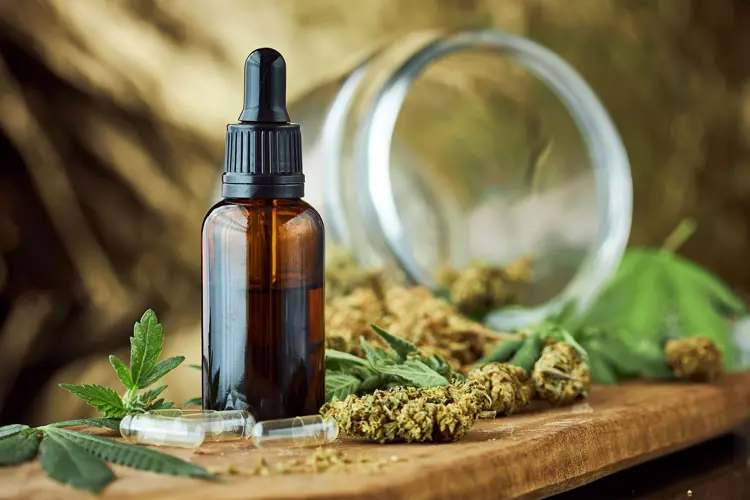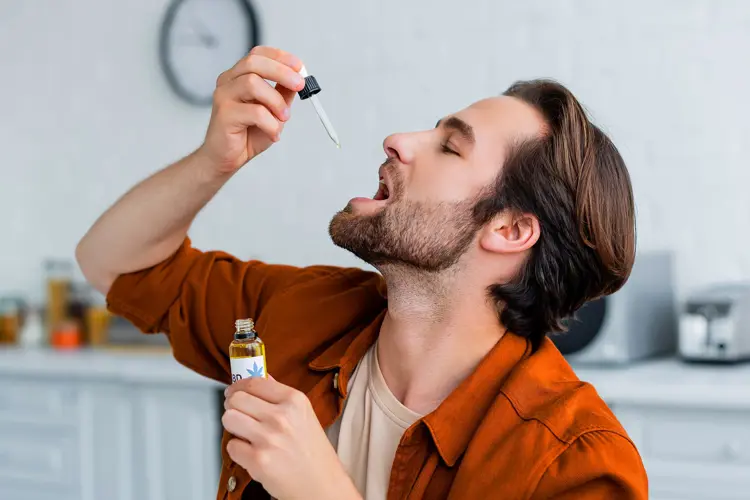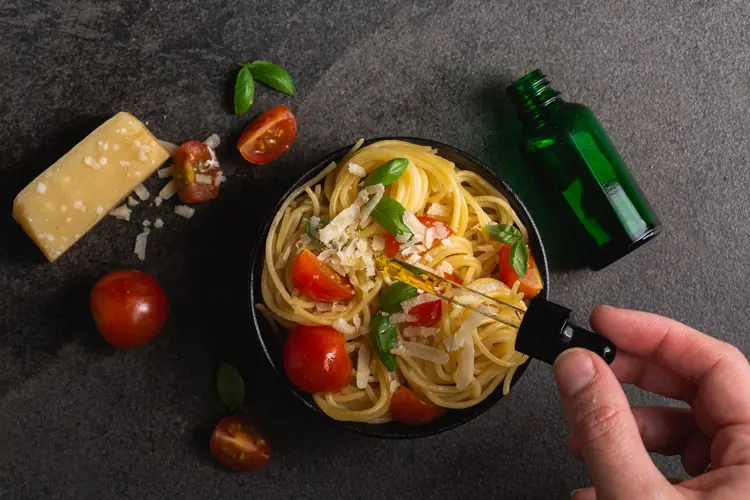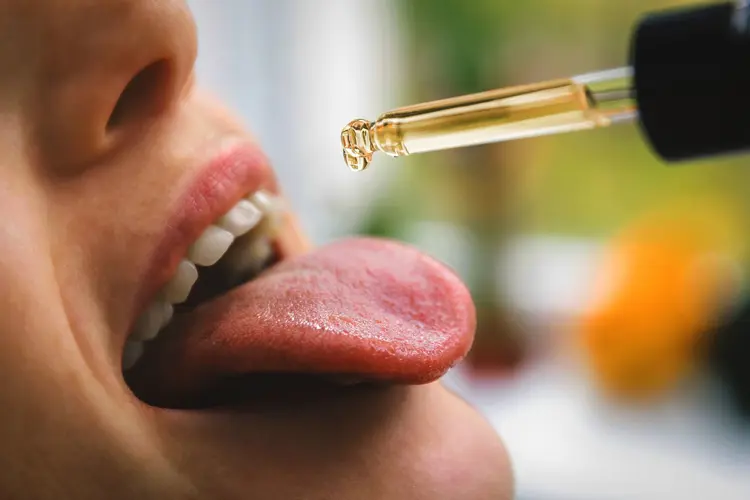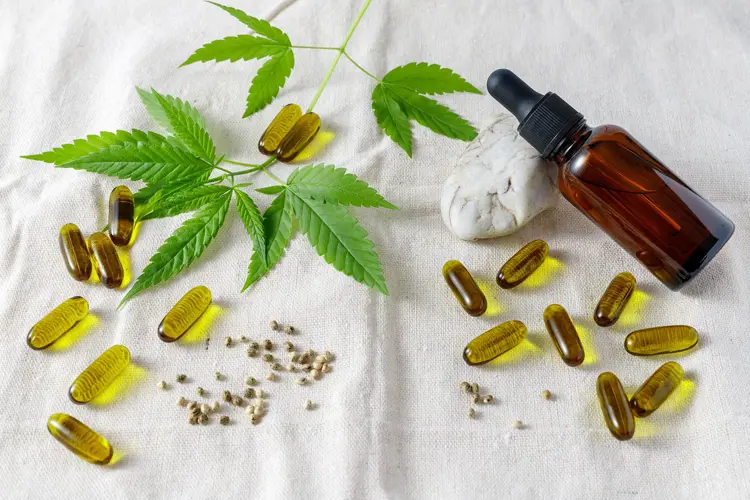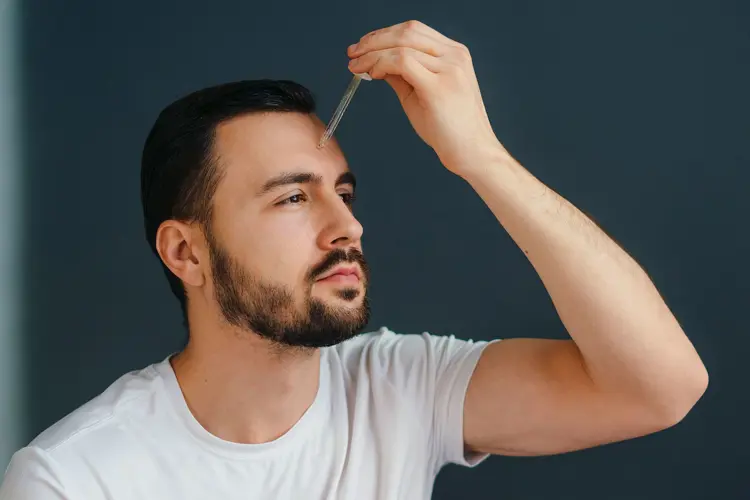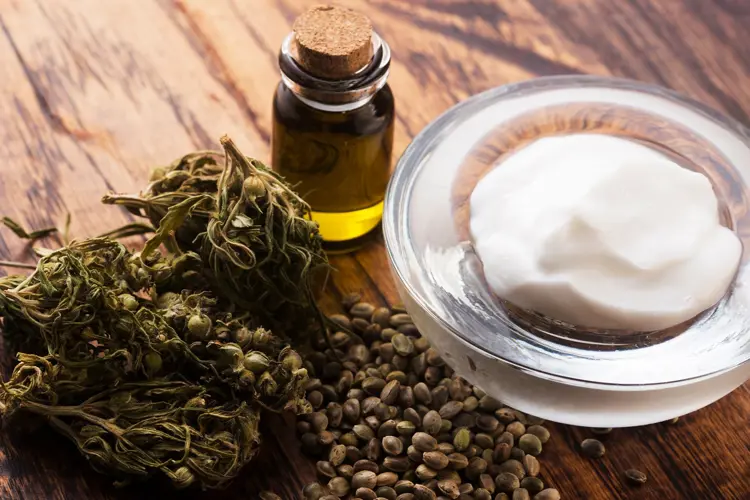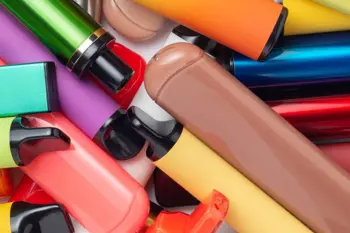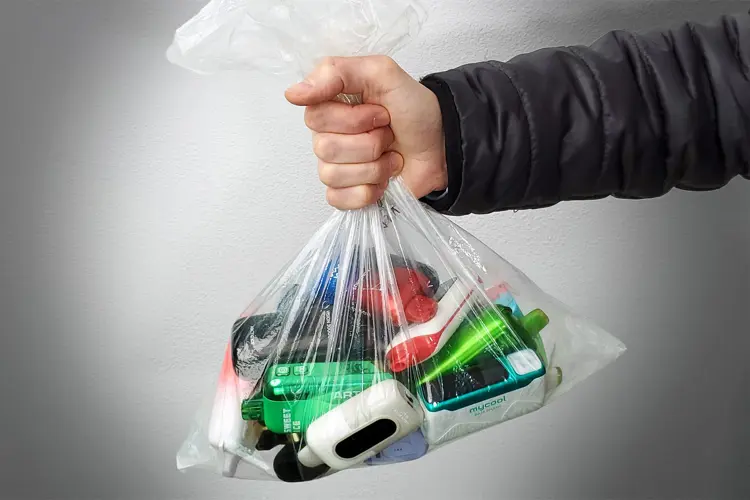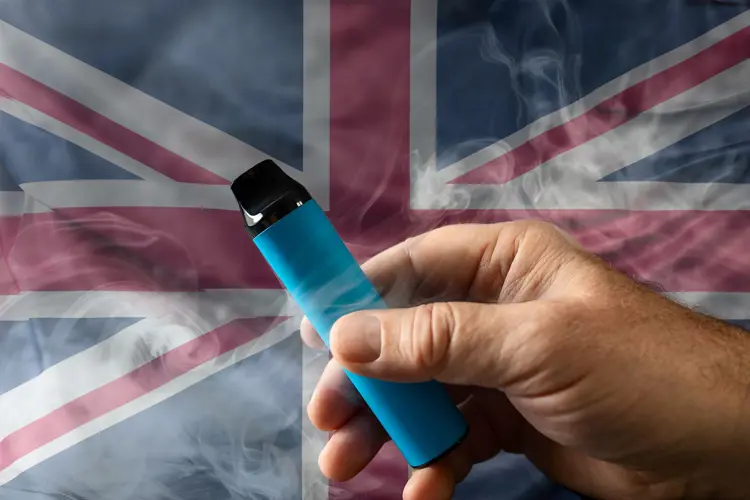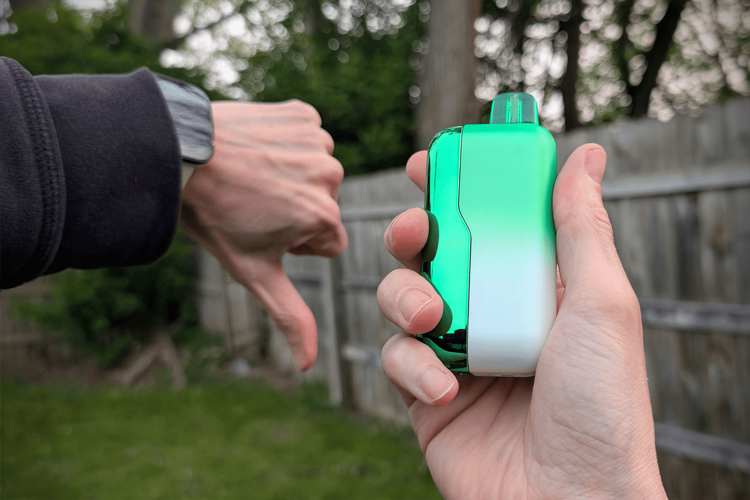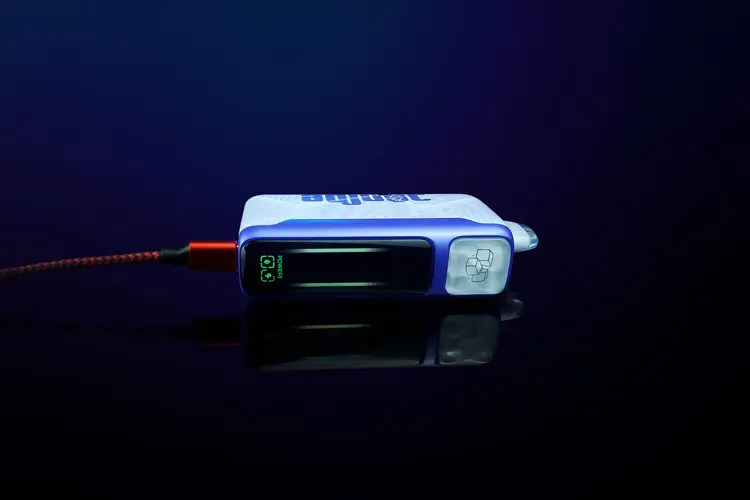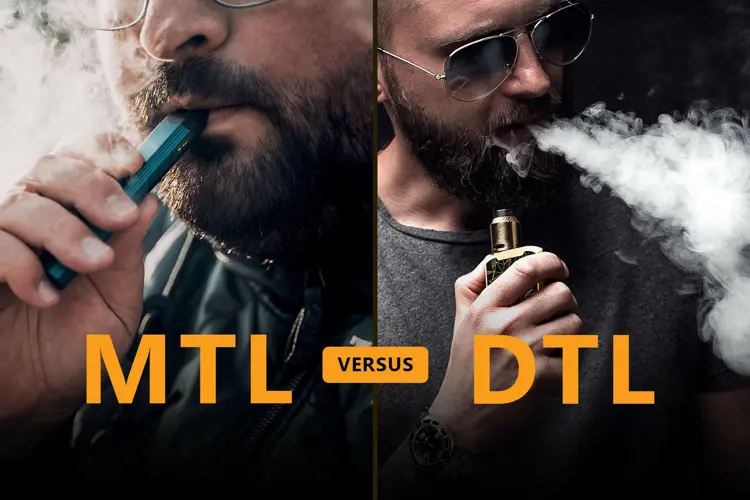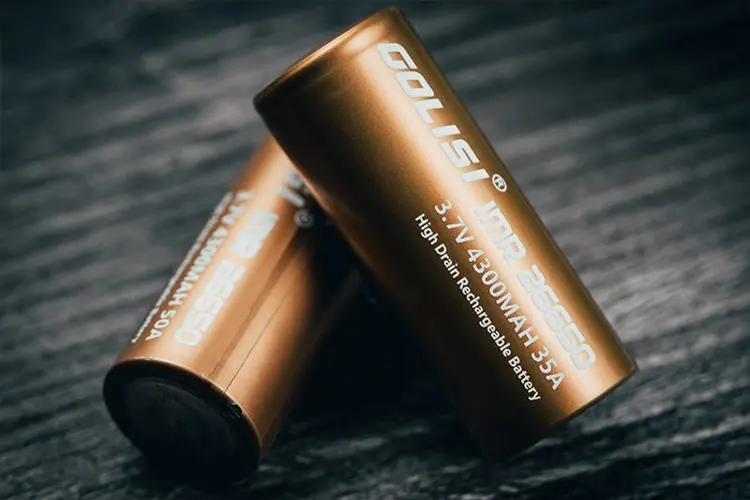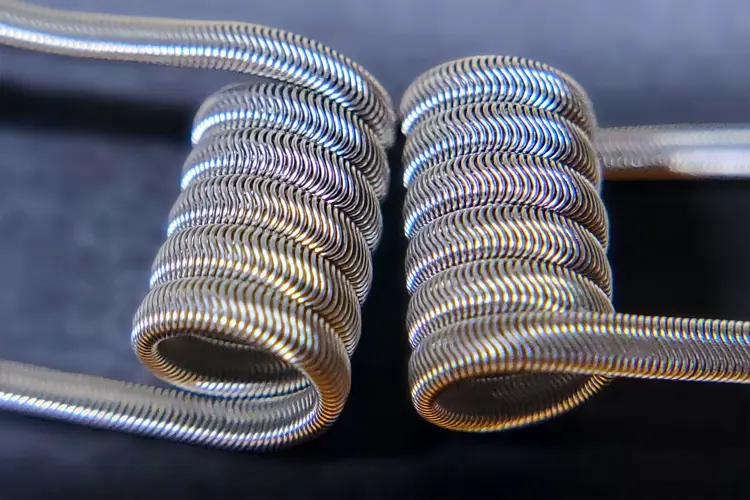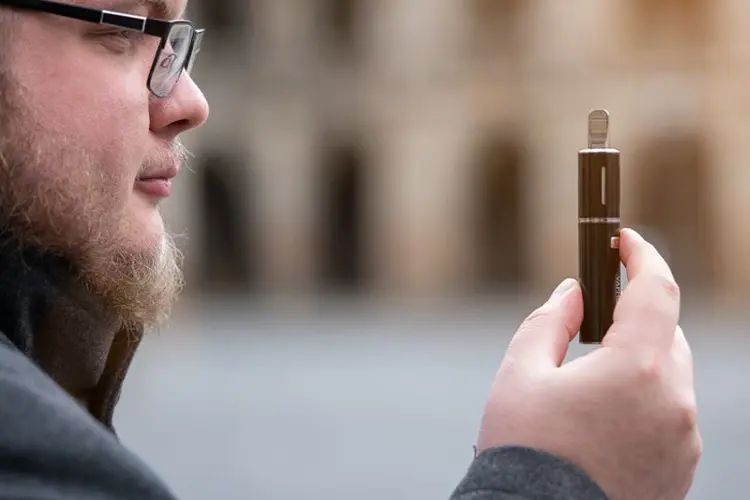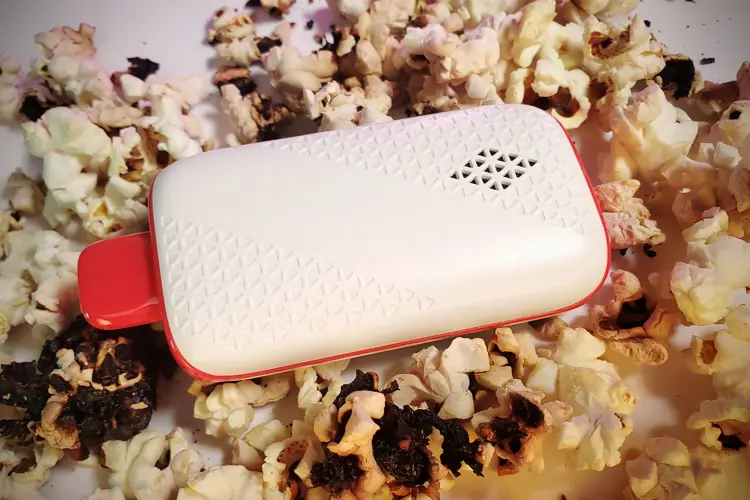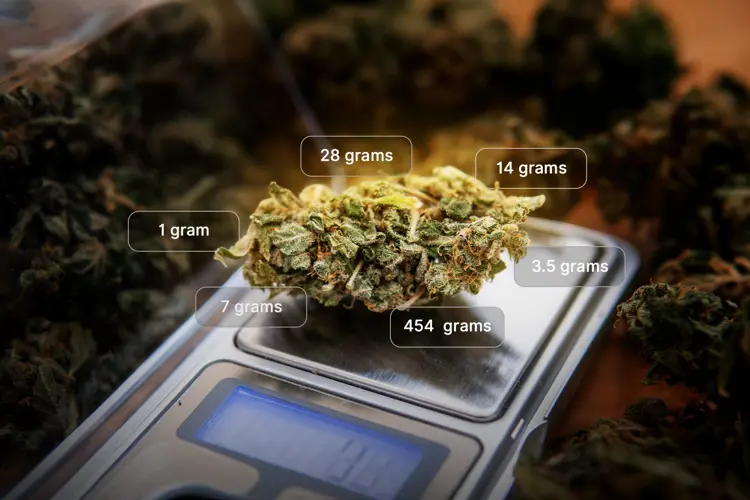There’s probably no better-known medicinal hemp product than CBD oil. It’s a more versatile product than CBD vapes, and tastier than alcohol-based CBD tinctures.
And while CBD oil has a higher learning curve than CBD gummies and other edibles, it’s pretty easy to get the hang of. Of course, if you simply don’t want to deal with a bottle of oil, there are always CBD capsules.
Many users mix and match various CBD products, depending on where they are and what they feel like using at the time. They’re all good ways to consume CBD—but today we’re discussing CBD oil. So, let’s get into it!
What is CBD oil?
CBD oil is a hemp-infused cannabis product rich in its namesake cannabinoid. It’s widely available to buy. And as long as you have high-CBD flower, an edible carrier oil, and a few kitchen tools on hand, you can make your own at home, too.
Authentic CBD oils are exactly what they sound like: CBD extract suspended in an inert carrier oil. MCT oil (made from coconut or palm oil) is an effective base, as are coconut, hemp seed, and olive oils.
CBD oil is meant for oral consumption. There are a few creative ways to go about it, and we’ll explore those today. But first, let’s look at some products that are not CBD oil.
CBD oil is not to be confused with CBD vape juice (e-liquid), even though many people use the term “oil” for all vapeable forms of CBD. E-liquid is made with PG and VG—not oil. You can’t vape actual oil without risking lung damage, and vape atomizers aren’t designed to handle it anyway. If you want to vape CBD, buy actual CBD e-liquid or CBD vape carts.
Despite often being used interchangeably with “CBD oil,” the term “CBD tincture” also doesn’t refer to oils. Tincture isn’t a catch-all term for any CBD solution in a bottle. It is specific to alcohol-based oral CBD.
Extractors create tinctures by soaking hemp in a high-proof alcohol. Cannabinoid tinctures are more shelf-stable and bioavailable than oils, but high-quality products take finesse to create, and they often taste bitter.
You may also see the term “CBD oil tincture” used sometimes. This is still CBD oil—not an alcohol-based tincture.
Finally, people often confuse CBD oil with hemp oil, which is made from hemp seeds and used in a variety of food and beauty products. Hemp oil—or, more precisely, hemp seed oil—is low in CBD. (Hemp seed oil can be used as a carrier oil to make CBD oil by adding CBD extract.)
When making a purchase, check the product’s contents label to ensure you’re getting what you want.
How to take CBD oil
CBD oils are meant for oral consumption. No matter how you use them, they’re a flexible, beginner-friendly way to enjoy the nonintoxicating benefits of CBD with just a few drops. Oral syringes can also be used in place of the dropper included with your product.
There are several approaches to choose from. With a bit of experimentation, you’ll find your preferred path in no time. Users seeking a slightly more clear-cut experience may prefer CBD capsules or gummies to oils.
Drop CBD oil under the tongue (sublingual use)
You can take CBD oils sublingually. Given how quick and convenient sublingual use is, it’s no shock that this is a very popular approach. You’ll just need to keep the oil under your tongue long enough for the cannabinoid to be absorbed by mucous membranes.
Ease isn’t the only reason sublingual consumption is so common. Effects set in quicker when CBD bypasses the digestive system. CBD oil under the tongue is quickly absorbed and sent into the bloodstream.
Hold the oil under your tongue for 30 to 60 seconds. Worst case scenario, you swallow some and need to wait until it’s digested. You’ll get the CBD either way.
Add CBD oil to food
We could get into every recipe or creative way to work CBD oil into your favorite dish, but honestly, the options are endless. Adding fat-soluble CBD oil to other fatty or oily foods may even boost its bioavailability.
Here are a few quick and simple possibilities, should you need inspiration:
- Add CBD oil to coffee or tea
- Blend CBD oil into a smoothie
- Mix CBD oil into salad dressing
- Bake CBD oil into a sweet treat (brownies, cookies, etc.)
- Make cannabutter (cannabis-infused butter) with CBD oil
A quick search will turn up plenty of recipes. Still, no need to get fancy with it. Just be cautious if you’re working with CBD over a stovetop, as direct heat can degrade the oil.
Drop CBD directly onto your tongue
Don’t sip CBD oil straight from the bottle. Concentrated extracts should be dosed drop by drop. Depending on your tolerance, weight, and health, you may require a smaller or larger serving than the next user.
CBD applied to the tongue is generally swallowed and needs to work its way through the digestive system before reaching the bloodstream. You won’t feel the effects right away.
Alcohol-based tinctures are often bitter, but true oils tend to have an overall stronger, earthier flavor. If you’re not a fan of the taste, adding CBD oil to food is your best option.
Add CBD oil to a capsule
While ready-to-go CBD capsules and pills are more convenient, there’s nothing stopping you from creating your own. This also maximizes flexibility when it comes to dosing.
You can even create your own cannabinoid blend by mixing CBD oil with other cannabis extracts, such as CBG or CBC oil.
There are plenty of gelatin- and plant-based empty capsules available online, as well as capsule holders and syringes to make the process easier.
Apply CBD oil to the skin
While you can generally rub CBD oil onto the skin without irritation (unlike alcohol-based tinctures), it’s questionable whether you’ll actually get any benefit from it.
As with any topical CBD application, the cannabinoid won’t penetrate the skin’s dermal layer or enter the bloodstream. You'll need transdermal patches for that.
Don’t lose hope, though. Some users vouch that rubbing CBD oil directly onto the skin offers targeted relief, à la CBD cream or balm. There’s even some scientific evidence of this benefit for people with conditions like peripheral neuropathy.
Others claim that CBD oil soothes the skin itself. It’s been suggested that CBD may calm down sebum overproduction and reduce acne, but this could backfire. You could wind up with clogged pores, and potentially new acne or irritation. CBD might also reduce blistering and itching in epidermolysis bullosa, a rare skin disorder.
If you find that CBD oil helps out your skin, go for it. Products made with skin-friendly coconut oil are a good place to start. Individuals with sensitive skin may still run into issues, so consider a patch test to confirm that it doesn’t irritate you.
Add CBD oil to lotions or creams
There’s little risk in mixing a few drops of CBD oil into your favorite body lotion, but you’d be better off using CBD creams or balms. Topicals are specially formulated to provide targeted relief. Research even suggests that CBD ointments could reduce certain skin disorder symptoms.
Unless the oil and lotion are flawlessly blended, you never know how much you’re actually applying to the skin. Gentle heat and a good stir can better infuse CBD oil into creams.
CBD oil side effects
It may be well-tolerated by the bulk of users, but CBD isn’t perfect for everyone. Potential side effects of CBD oil include (but aren’t necessarily limited to):
- Digestive issues
- Low appetite
- Fatigue
- Dry mouth
- Lightheadedness
While not sedating, CBD can act as a relaxant and has been linked to drowsiness.
Pacing yourself makes it easier to spot adverse reactions before they turn severe. Start with a few drops of oil and keep tabs on roughly how much CBD you’re consuming. You don’t need to track every milligram; just do a bit of research and try not to use too much too quickly. The manufacturer should give recommendations on how to dose your CBD.
On the bright side, CBD oil doesn’t put you at notable risk of paranoia, hallucinations, or the other extreme adverse effects associated with THC.
How to use CBD oil: FAQ
Is CBD oil legal?
Yes, CBD oil is legal to purchase and possess in the United States, and has been since passage of the 2018 Farm Bill. This edition of the bill legalized hemp products containing less than 0.3% delta 9 THC by dry weight.
Can you vape CBD oil?
CBD oil, as we explained above, is not meant to be inhaled, and most atomizers and carts are not designed to handle oil. If you load, for example, a refillable vape cart with CBD oil, the cart might fail immediately—or it might work long enough that you cause serious lung damage, or even a condition like lipoid pneumonia.
E-liquid, which is designed for inhalation, is not made with oil, even though some people call it oil.
How long does it take for CBD oil to work?
That depends on how you consume it.
We addressed it earlier, but sublingual consumption is the fastest-acting way to use CBD oil—assuming that the oil isn’t swallowed by mistake, which can happen. This gives CBD an efficient path into your bloodstream, thanks to the blood vessel-rich membranes under the tongue.
Adding CBD oil to food (or just dropping it onto your tongue and swallowing) requires more patience. You’ll need to wait for the extract to be digested by the stomach and processed through the liver, which can take an hour or longer.
Topical application is another huge “it depends,” especially since not everyone applying CBD oil to their skin is seeking the same result. The bloodstream isn’t involved here, and relief can take as little as a few minutes to set in. Keep in mind that you’re better off using pre-made CBD topicals if you want reliable effects from a cream or lotion.
Vaping is the speediest method to consume CBD—but remember, it has to be CBD e-liquid, not oil. You can’t safely vape oil.
How should I store CBD oil?
Store CBD oil like you would other cannabis products.
Keep it out of heat and sunlight. These conditions speed up deterioration, including loss of potency and flavor, and may even promote mold growth. Weed oils are best kept in a cool, dry location—room temperature or below—like a kitchen cabinet or pantry.
Your instinct might be to refrigerate CBD oil, but it’s usually unnecessary. Oils fare well at room temperature, and getting your product too cold can cause it to separate or congeal. Of course, this damage is usually reversible: just give the bottle a shake or leave it to sit at room temperature.
If you live somewhere hot and humid, or prefer to buy CBD oil in bulk, the fridge might be your best bet, as long as you allow it to come to room temperature before using it. Alcohol-based CBD tinctures are an alternative if you’re seeking better shelf-stability.
Is CBD oil safe?
CBD oil is safe as long as you’re shopping from the right sellers.
Hemp products aren’t regulated in the United States. What this means for consumers is simple: you don’t know what an oil contains until you’ve seen a third-party certificate of analysis (COA). This document breaks down the CBD oil’s potency and cannabinoid contents and, ideally, confirms that it’s free of hazardous contaminants.
Never buy hemp products without checking the COA. Testing should be performed on every batch of product, so if the document is well over a year old, it’s likely out-of-date.
Fortunately, CBD itself is safe to consume, with a low risk of serious adverse effects. More research is still needed to validate its long-term effects, especially with heavy use.
President Trump promised during his election campaign to “save vaping," but his administration has undermined that goal at every turn.
The U.S. disposable vape market has grown to $2 billion in annual sales, although nearly none of the products are authorized by the FDA.
More than 30 bills that would impose severe restrictions vaping consumers’ product choices remain active in U.S. state legislatures.
The Freemax REXA PRO and REXA SMART are highly advanced pod vapes, offering seemingly endless features, beautiful touchscreens, and new DUOMAX pods.
The OXVA XLIM Pro 2 DNA is powered by a custom-made Evolv DNA chipset, offering a Replay function and dry hit protection. Read our review to find out more.
The SKE Bar is a 2 mL replaceable pod vape with a 500 mAh battery, a 1.2-ohm mesh coil, and 35 flavors to choose from in 2% nicotine.

